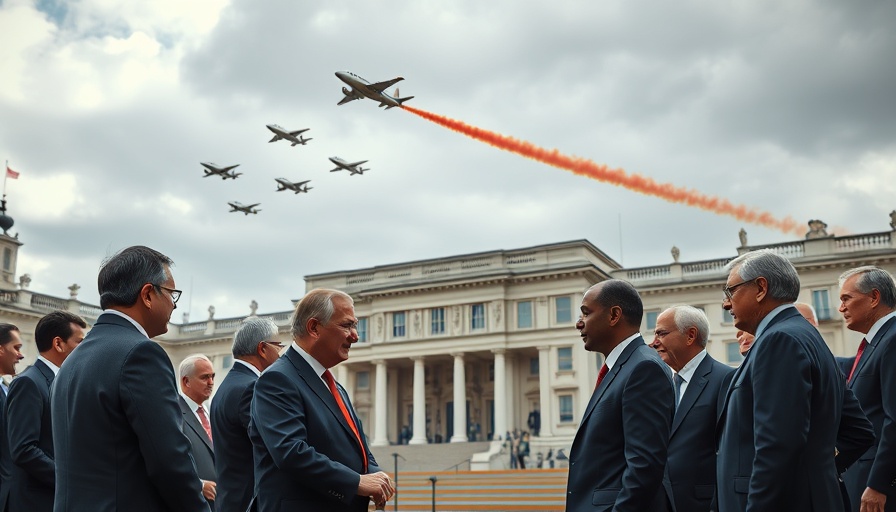
Revolutionizing Warfare: The Milestone Air Launch of Switchblade 600
General Atomics Aeronautical Systems, Inc. (GA-ASI) and AeroVironment (AV) have made history with the successful air launch of the Switchblade 600 loitering munition from the MQ-9A unmanned aircraft system (UAS). Conducted from July 22-24 at the U.S. Army’s Yuma Proving Grounds, this marks the first-ever launch of the Switchblade 600 from an unmanned platform, signaling a major advancement in military technology and tactics.
Enhanced Operational Capabilities
At the core of this development is the enhanced coordination between GA-ASI and AV, which resulted in a seamless integration of the Switchblade 600 with the MQ-9A Reaper. This integration allows for the MQ-9A to launch the Switchblade 600 at a distance, enabling operators to engage targets while remaining safely away from enemy defenses. During the flight tests, two munitions were launched—one equipped with an inert warhead and the other with a high-explosive round. This demonstrated the flexibility and responsiveness of the system in real-time combat scenarios.
Long-Distance Engagement and Precision Targeting
The Switchblade 600 is designed for long-distance lethality, capable of engaging targets over 175 kilometers when launched from a high altitude of 30,000 feet. This capability enhances the tactical options for commanders, allowing for strikes in contested environments without direct exposure to enemy forces. Moreover, the emphasis on SATCOM technology during the tests facilitated reliable over-the-horizon communication, highlighting the precision targeting that UAS can achieve.
Technological Innovation and Future Implications
This milestone not only showcases the technological sophistication of the Switchblade 600 but also reflects the evolving landscape of military strategies. As modular and advanced systems become more integrated, the potential for multifaceted operational capabilities grows. GA-ASI President David R. Alexander noted, “By using MQ-9A to carry the Switchblade, the MQ-9A is able to stand off farther from enemy weapons systems, increasing the range of the SB600.” This adaptability is crucial for next-generation combat scenarios, where technological superiority can often dictate the outcome of military engagements.
Collaborative Achievements: The Power of Partnership
The success of this air launch is a result of rigorous teamwork and dedication from both GA-ASI and AV. Wahid Nawabi, AV's Chairman and CEO, emphasized the importance of their collaboration in achieving this significant milestone. The event underscores how partnerships in the defense sector can lead to innovative solutions that empower the warfighter and achieve operational goals.
The integration of systems like those developed by GA-ASI and AV represents a forward-thinking approach to military technology that leverages both air and ground capabilities. This collaboration not only advances specific technologies but also builds a framework for future innovations within unmanned aerial systems.
Call to Action: Embrace the Future of Defense Technology
As technological advancements continue to reshape military operations, it’s essential to stay informed about these developments. Understanding how systems like the Switchblade 600 enhance combat effectiveness can provide valuable insights into the future of warfare. Engaging with ongoing discussions around defense technology can lead to broader support for innovation within the military sector.
 Add Row
Add Row  Add
Add 




Write A Comment